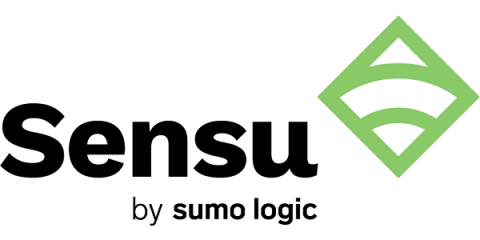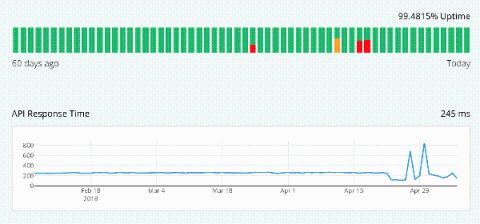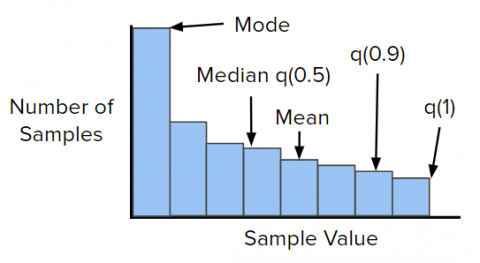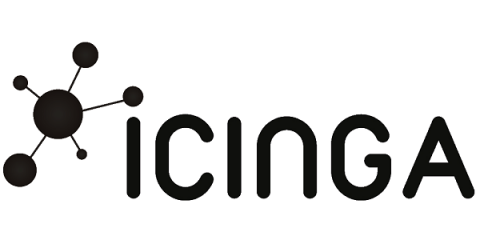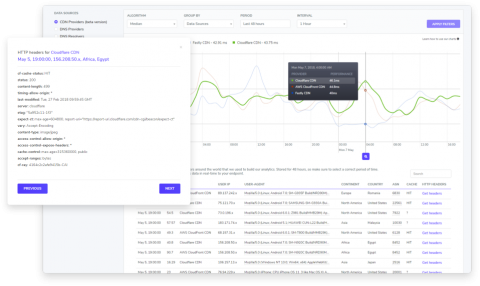Announcing Sensu 2.0 Beta
We’re excited to announce that Sensu 2.0 Beta is now publicly available for testing! Sensu 2.0 is easier to install and operate, requiring only a single sensu-backend process and sensu-agent process that communicate directly with each other. Our new API-driven approach gives you more flexibility when integrating Sensu into your existing infrastructure and tools. We believe this newest release is built to scale and meet the needs not only of your infrastructure today, but for years to come.


